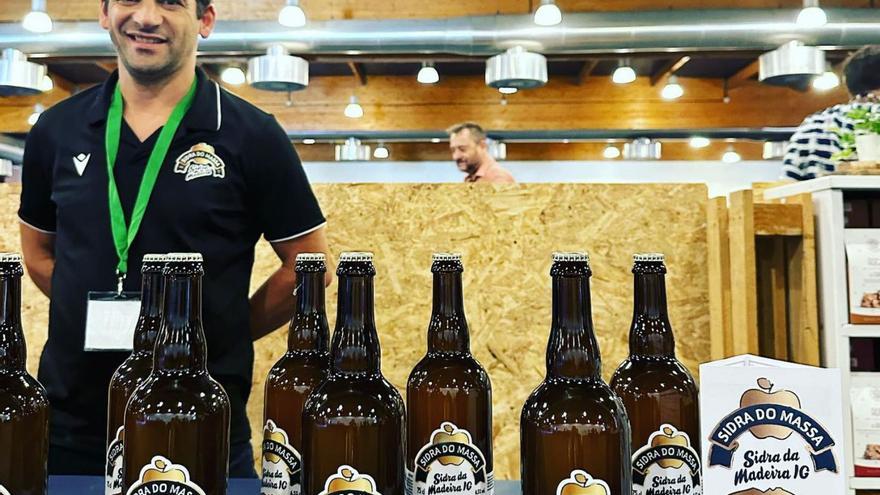Cider from the Portuguese island of Madeira, where footballer Cristiano Ronaldo was born, is popular in Europe. Its winemakers have received community protection through a Geographical Indication (PGI) and have received prestigious international awards for the quality of their wines, which respond to six centuries of tradition. Closer to home, at the last International Cider Show in Gijon, the so-called Madeira Sidra won several awards in the dry glass variety, in addition to gold and silver medals in Germany and the United States (U.S.) Award, ), as well as first prize at the London International Cider Challenge and other honours.
Madeira’s winemakers use ten traditional apple varieties, sometimes blending them with pears. In addition, 19 other varieties of apples developed through genetic processes are allowed, as well as five more varieties imported from abroad, including pippin. Production follows traditional methods, starting with fermentation of the juice obtained by pressing the fruits, which according to PGI regulations must be grown on the island. The resulting cider has an alcohol content of five or six degrees, similar to Asturian cider, and a bright lemon or straw yellow color with orange tinges, depending on the apple variety used. In terms of flavor, according to the tasting results, this product stands out due to its refreshing acidity in both the natural dry version and the carbonated version with added carbon dioxide. Furthermore, in the same year, the first organic cider produced on the island was launched on the market. Marketing happens both in and out of the bottle.
Production of PGI-protected Madeira Sidra is very limited compared to Asturias or other cider-producing countries in Europe. In 2021, the annual production was just over 45,000 liters, with the main producers being Sidraria Santo António da Serra and Sidraria dos Prazeres. Annual apple production is approximately 68,000 kilograms. As happened in the region, festivals and competitions related to cider production and consumption proliferated on the Portuguese island.

